The Toxic Truth about Non-Stick Pans: Why Teflon Can be Harmful to Your Health
Did you know that the seemingly harmless non-stick pans we use on a daily basis could be silently killing us? That's right, the gases from non-stick pans are so toxic that they could kill a bird in a matter of moments. It's time to pay attention to what we're cooking in and how it's affecting our health.
Teflon, the popular non-stick coating, is a synthetic chemical made up of carbon and fluorine atoms. While it was first created in the 1930s and provides a non-reactive, non-stick, and almost frictionless surface, it's also responsible for releasing toxic chemicals into the air when heated to temperatures above 500°F (260°C). This breakdown of Teflon coatings can lead to a condition called "fume fever," which causes flu-like symptoms such as chills, fever, headache, and body aches. And the onset can occur after 4-10 hours after exposure!
The production of PFOA, the chemical responsible for the harmful effects of Teflon, stopped in 2013, but it was just replaced with another chemical called GenX, which is just as harmful. Moreover, Teflon does not ever decompose and can be found in our water supply and household items like carpets and furniture. Clothing, such as raincoats, is made from non-stick chemicals too. The EWG’s landmark study, Body Burden: The Pollution in Newborns, found several PFCs among 287 industrial chemicals and pollutants in the umbilical cord blood of 10 newborns.
But the problem doesn't end there. PFOA has been linked to a number of health conditions such as thyroid disorders, chronic kidney disease, liver disease, testicular cancer, infertility, and low birth weight. And it's hard to avoid because these chemicals can get into our drinking water.
According to a quick internet search, Teflon is generally considered safe and stable. But is that really true? We can't ignore the fact that it releases toxic fumes at high temperatures, which is harmful to both our health and the environment. So, what can we do to protect ourselves while we're in the process of replacing our non-stick cookware?
Here are some tips from Healthline that can help:
Don’t preheat an empty pan. Empty pans can reach high temperatures within minutes, potentially causing the release of polymer fumes.
Avoid cooking on high heat. Ventilate your kitchen. When you’re cooking, turn on your exhaust fan or open up windows to help clear any fumes.
Use wooden, silicone, or plastic utensils. Metal utensils can lead to scuffs and scratches on the non-stick surface, reducing the life of your cookware.
Hand wash. Gently wash pots and pans with a sponge and soapy, warm water. Avoid using steel wool or scouring pads, since they can scratch the surface.
Replace old cookware. When Teflon coatings start to visibly deteriorate with excessive scratches, peeling, flaking, and chipping, they are ready to be replaced.
Try replacing with stainless steel, cast iron, or ceramic. Copper pans with a protective coating on occasion can be safe too.
NEVER use a wool steel scrub for your pots and pans! Never use abrasive agents like baking soda. These will all degrade the lining, and unwanted chemicals can leach into our food. Soak in warm water and mild dish soap.
It's important to note that the concept of a "kitchen" is a recent phenomenon. It wasn't until the development of the closed range, by Benjamin Thomas in the 1790s, that it became possible to bring all of the components of the kitchen into a single room, in which multiple cooking surfaces were heated
References:
https://www.ewg.org/news-insights/news-release/epa-genx-nearly-toxic-notorious-non-stick-chemicals-it-replaced
https://www.healthline.com/nutrition/nonstick-cookware-safety#alternatives
